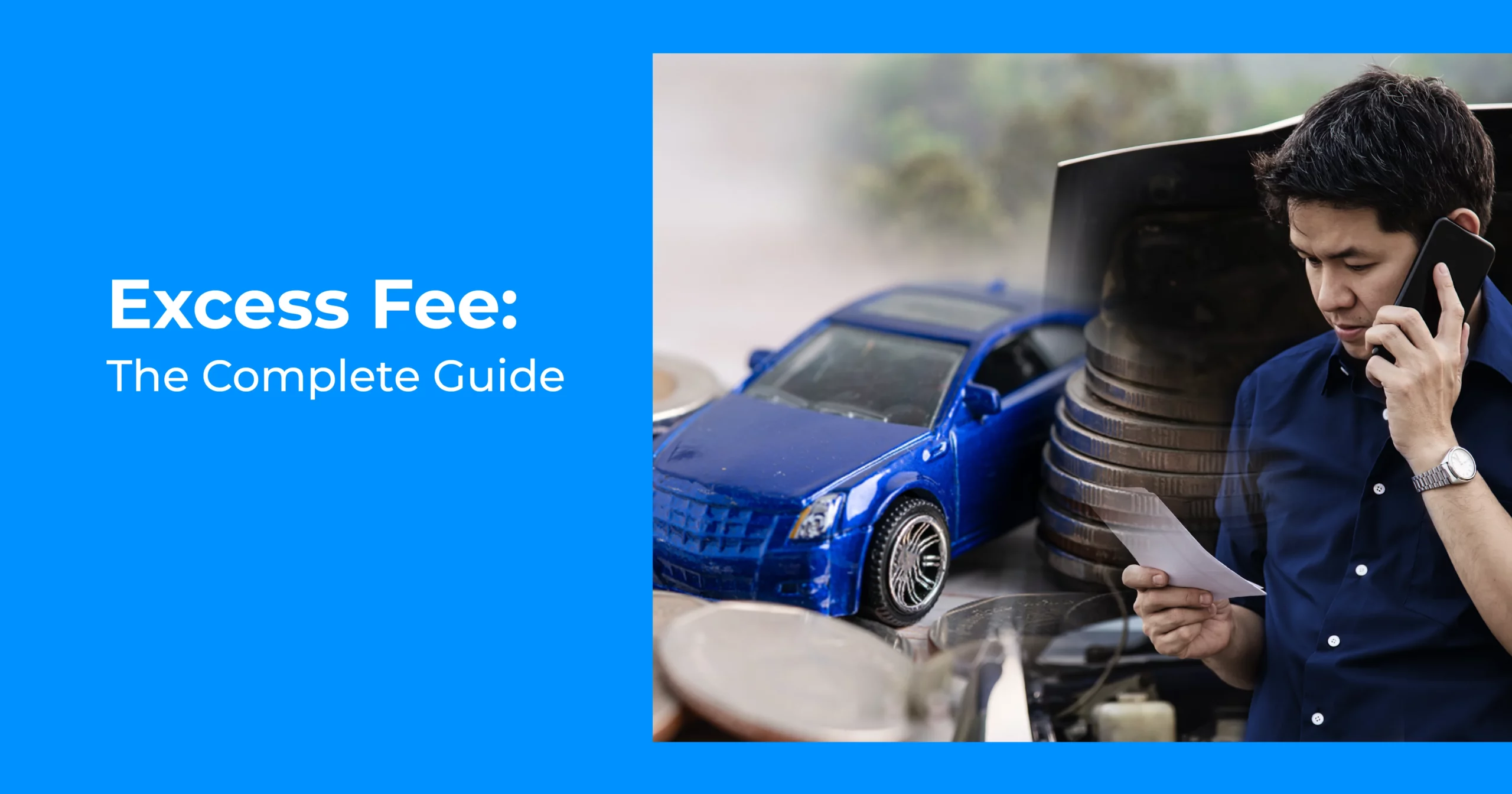Understanding Excess Fees in Car Insurance: What You Need to Know
When shopping for car insurance, you might come across the term “excess fee” or “excess deductible.” What exactly does this mean, and how does it affect your coverage? Let’s delve into the details to understand what excess fees are and how they work in car insurance.
What is an Excess Fee?
An excess fee, also known as a deductible, is the amount you agree to pay towards the cost of a claim before your insurance provider covers the remaining expenses. It’s essentially your contribution towards the claim, and it can vary depending on your insurance policy and the type of claim being made.
How Does Excess Fee Work?
Imagine you’re involved in a car accident, and the repair costs amount to £1,000. If your insurance policy has an excess fee of £250 and the claim is approved, you’ll need to pay £250 towards the repair costs, and your insurance provider will cover the remaining £750. Essentially, the excess fee serves as a form of self-insurance, where you agree to bear a portion of the financial risk in exchange for lower insurance premiums.
Types of Excess Fees
There are typically two types of excess fees in car insurance:
- Compulsory Excess
- Voluntary Excess
This is a fixed amount set by your insurance provider, which applies to all claims regardless of the circumstances. It’s non-negotiable and is usually based on factors such as your age, driving experience, and the type of car you drive.
In addition to the compulsory excess, you may have the option to choose a voluntary excess. This is an amount that you agree to pay on top of the compulsory excess in the event of a claim. Opting for a higher voluntary excess can lower your insurance premiums, but it also means you’ll have to pay more out of pocket in the event of a claim.
Pros and Cons of Excess Fees
Pros
- Lower Premiums: Opting for a higher excess fee can result in lower insurance premiums, making it a cost-effective option for some drivers.
- Control Over Premiums: With voluntary excess, you have the flexibility to choose an amount that suits your budget and risk tolerance.
Cons
- Higher Out-of-Pocket Costs: A higher excess fee means you’ll need to pay more out of pocket in the event of a claim, which can be a financial burden.
- Potential Affordability Issues: In some cases, having a high excess fee may make it difficult for drivers to afford repairs in the event of an accident.
Tips for Managing Excess Fees
- Assess Your Risk Tolerance: Consider your financial situation and determine how much you can afford to pay in the event of a claim. Choose an excess fee that strikes a balance between affordability and potential savings on premiums.
- Shop Around: Different insurance providers offer varying excess fee options, so it’s essential to compare quotes from multiple insurers to find the best deal for your needs.
- Review Your Policy Annually: As your circumstances change, such as changes in your driving habits or vehicle, it’s important to review your insurance policy annually to ensure your excess fee still aligns with your needs.
In conclusion, excess fees play a significant role in car insurance, offering drivers a way to manage their premiums while balancing their financial risk. Understanding how excess fees work and evaluating your options carefully can help you make informed decisions when choosing car insurance coverage.



